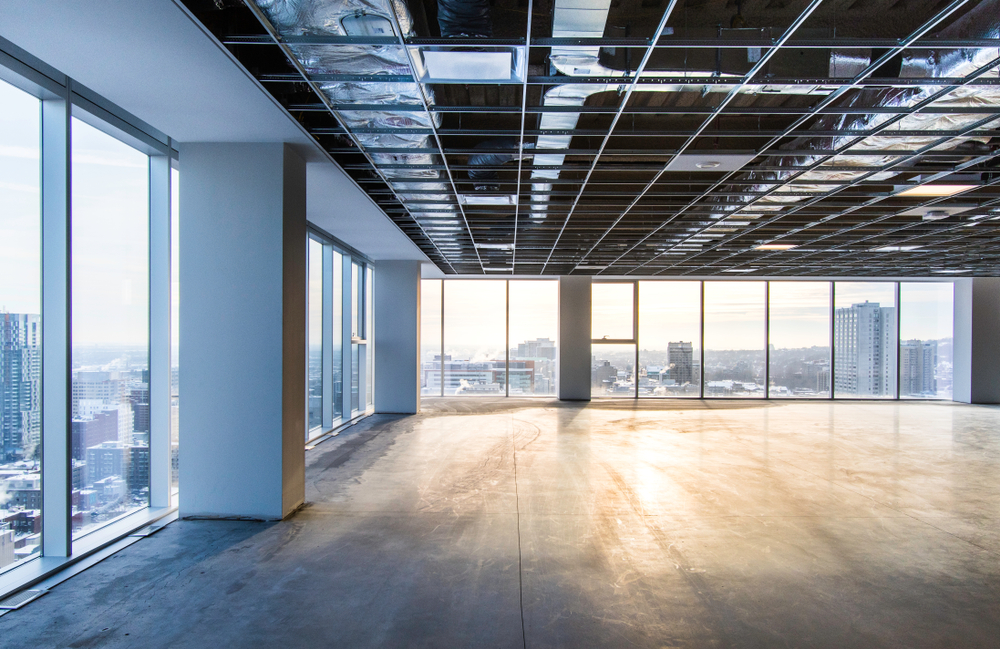There’s a unique kind of silence in a vacant office floor—the hum of opportunity that’s waiting to be unlocked. Every empty square foot isn’t just wasted space; it’s lost revenue, stalled energy, and a missed chance to attract a new wave of tenants. But what if that quiet floor could transform into a vibrant hub of entrepreneurs, remote workers, and growing teams—all while boosting your bottom line? That’s the power of coworking.
The Cost of Vacancy
For building owners, prolonged vacancy is more than an inconvenience; it’s expensive. Empty offices still come with operational costs—utilities, maintenance, taxes—without the income to offset them. Worse, a vacant building can feel lifeless, making it harder to attract tenants to the remaining space.
Consider this: if you have a 10,000-square-foot floor sitting empty at $25 per square foot, that’s $250,000 in annual revenue left on the table—not including the costs to keep the lights on. Multiply that across multiple floors or several months, and the financial impact becomes staggering. Every day of vacancy is money lost, which is why property owners are increasingly seeking adaptive reuse strategies.
The Coworking Boom
Enter coworking. The flexible office industry has exploded in recent years, driven by the rise of remote work, hybrid schedules, and demand for short-term lease options. Businesses of all sizes—from freelancers to Fortune 500 companies—are seeking adaptable work environments without long-term commitments.
And this isn’t just a fad. Future workplace trends point to flexibility as a permanent fixture. Companies are downsizing traditional office footprints and supplementing them with shared spaces closer to where employees live. By converting vacant office space into coworking, landlords position themselves at the forefront of this shift—turning risk into opportunity and uncertainty into consistent income. “Coworking isn’t just a trend—it’s a proven strategy for property owners to turn underutilized space into a steady revenue stream,” said Workspace Strategies President Karen Condi. “At Workspace Strategies, we help building owners create vibrant, profitable communities that attract today’s workforce.”
From Empty to Thriving
Vacant space doesn’t have to stay vacant. Across the country, property owners have successfully converted unused floors into coworking centers, generating consistent revenue and reinvigorating their buildings. Imagine your underutilized 10,000-square-foot floor becoming home to a mix of professionals who fill the halls with activity. Not only does this boost rental income, but it also enhances the perception of your property as a forward-thinking, in-demand destination.
Added Perks for the Property Owner
The benefits don’t stop at rent checks. A well-designed coworking space can breathe new life into your building. Increased foot traffic means livelier common areas and more exposure for retail tenants. Enhanced amenities—from sleek conference rooms to community lounges—make your entire building more attractive to traditional tenants as well. Plus, the diversity of users in a coworking environment fosters networking and innovation, creating a community vibe that traditional leases can’t match.
Why Partner with Workspace Strategies
Of course, converting a vacant floor into a profitable coworking hub requires more than moving in some desks and Wi-Fi. That’s where Workspace Strategies comes in. We specialize in turnkey coworking solutions for building owners, providing everything from feasibility studies and design to branding, staffing, and full operational management. Our proven systems and hospitality-driven approach make the process low-risk and high-reward. With years of experience helping landlords transform vacant space into bustling coworking communities, we know what works—and how to make it work for you.
Don’t let vacancy drain your revenue. Let’s turn your building into the next coworking success story. Contact Workspace Strategies today and discover how easy it is to convert empty space into consistent income. Your next tenant isn’t a single company—it’s an entire community waiting to move in.


